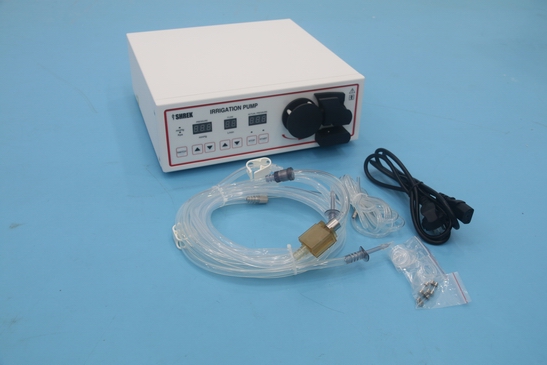Irrigation Endoscopy: A Crucial Technique for Clear Visualization
Endoscopy is a minimally invasive diagnostic and therapeutic technique that has revolutionized the field of medicine in recent years. It involves inserting a flexible or rigid endoscope into the body to visualize internal organs and tissues for diagnostic or therapeutic purposes. Endoscopy can be used for different medical specialties such as gastroenterology, urology, gynecology, pulmonology, and orthopedics.

During endoscopy, a clear and unobstructed view of the targeted organ or tissue is crucial for accurate diagnosis and effective treatment. However, the presence of bodily fluids such as blood, mucus, and bile can obscure the view and hinder the success of the procedure. To overcome this challenge, an irrigation system is used to clear the area of interest and improve visualization.
Irrigation endoscopy refers to the use of a continuous flow of liquid such as saline, water, or an antiseptic solution to cleanse the area being examined during endoscopy. The liquid is delivered through a dedicated channel in the endoscope and is then suctioned out to keep the field of view clear.
The benefits of irrigation endoscopy are numerous. Firstly, it provides a clear and unobstructed view of the targeted organ or tissue, allowing for accurate diagnosis and effective treatment. Secondly, it can help to control bleeding during certain procedures, reducing the need for blood transfusions. Thirdly, it can improve patient comfort and reduce the risk of complications by flushing out debris and bacteria from the area being examined.
Different types of irrigation systems are available for endoscopy, including manual and automated systems. Manual systems involve a syringe or a squeeze bottle that is used to deliver the irrigating solution. Automated systems, on the other hand, use a pump or a motorized system to deliver the liquid.
In conclusion, irrigation endoscopy is a crucial technique for clear visualization during endoscopic procedures. It improves the accuracy and effectiveness of the procedure while reducing the risk of complications. The choice of the type of irrigation system depends on the specific needs of the procedure and the preference of the clinician.



Leave a message